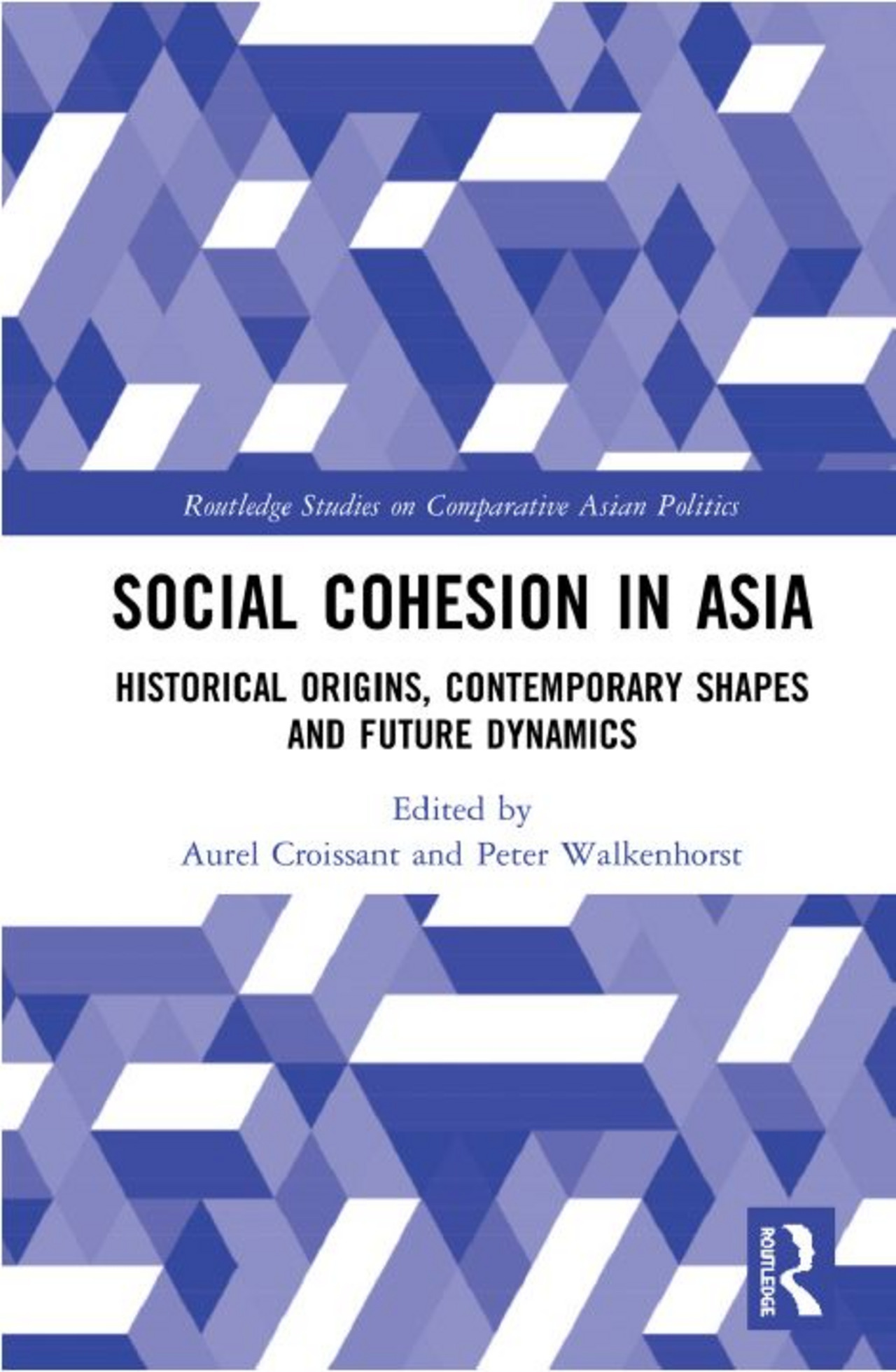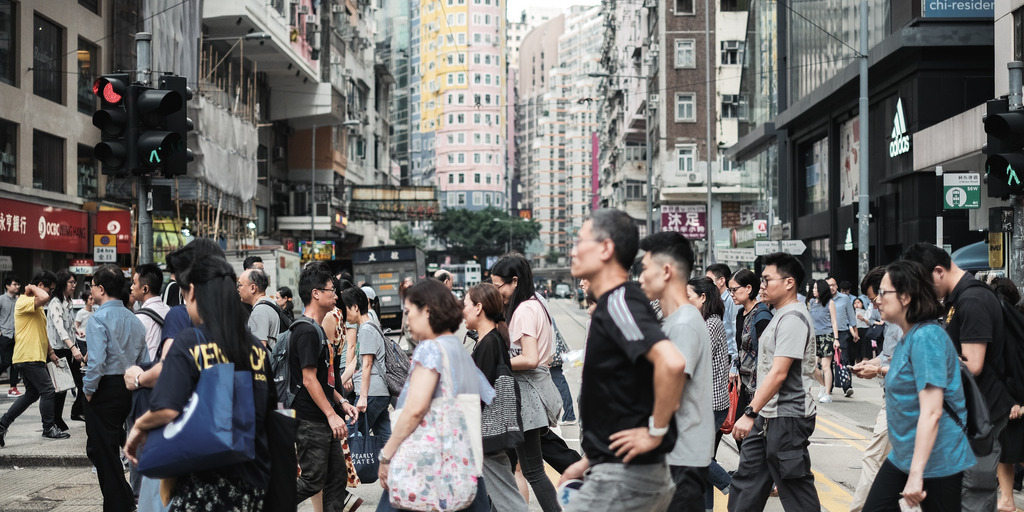
(© Routledge)

Airam Dato-on / Unsplash - Unsplash License, https://unsplash.com/license
Social cohesion in Asia has a Janus-faced quality. Depending on the political and social framework, it can have both positive and negative effects, a new study shows.
Social cohesion has become an important topic in in a rapidly globalizing world, not only in the Western Hemisphere but also in Asia. Over the past few decades, almost all Asian societies went through rapid, often dramatic socio-economic, cultural and political transformations, which continue to have a deep impact on the social fabric. As many Asian countries face multiple challenges in preserving or achieving social stability, political decision-makers, social activists and academics throughout the region have discovered social cohesion as a precious but also precarious quality of their societies.
Social cohesion is a concept that describes a not yet adequately understood quality of societies – one that makes them resilient, sustainable and livable. Moreover, social cohesion is often seen as the prerequisite for economic success and a functioning democracy. That is why the concept has received increasing attention in both academic and policy discourse and why social cohesion is seen as an important policy goal by governments, international organizations and actors of civil society. Despite this growing interest among policy-makers and researchers, little is known about the conditions that foster or weaken social cohesion, or about its tangible or intangible outcomes.
Against this backdrop, a new study initiated by the Bertelsmann Stiftung explores the historical origins, contemporary dynamics and future challenges of social cohesion in eight countries in South, Southeast and East Asia (SSEA) – one of the most dynamic and at the same time heterogeneous regions in the world, in terms of economic, political and human development. It includes comparative country case studies on China, Singapore, South Korea, India, Bangladesh, Indonesia, Myanmar and Sri Lanka, that examine how social cohesion is understood, analyzed and, sometimes, politically instrumentalized. The country cases also discuss current and future challenges of social cohesion in the individual societies. The study, co-edited by Aurel Croissant and Peter Walkenhorst, was published by Routledge under the title “Social Cohesion in Asia. Historical Origins, Contemporary Shapes and Future Dynamics”.
The book builds on the concept and empirical findings of the Asian Social Cohesion Radar, a previous research endeavor, that provided detailed cross-country analyses of social cohesion in Asia. The country case studies investigate aspects of social cohesion in SSEA that the previous study was not able to explore or identify, like, for example, the level of variation across different socio-demographic groups or geographical units within countries.
The Janus-faced quality of social cohesion in Asia
As the country case studies show, there is no universal trend in the region. Neither is there a general decline of social cohesion in SSEA, nor is the region as such becoming more cohesive. Instead, different constellations and factors in individual countries contribute to a more or less cohesive society. This should not come as a surprise given the great socio-economic, cultural and political diversity in the SSEA region. Against this background, however, the results reveal the opportunities different countries have to develop their own strategies and measures for strengthening or maintaining social cohesion.
At the same time, the study’s results point to the Janus-faced quality of social cohesion in SSEA: Depending on the political and social framework, it can have both positive and negative effects. On the one hand, it can function as the glue that holds a society together, allowing for economic progress and an inclusive development policy. On the other hand, social cohesion can serve as a source of authoritarian durability. As the case studies on China and Singapore in particular show, the comparatively high degree of social cohesion in these two countries has a positive effect on the resilience and stability of the incumbent, non-democratic political regime.
Some of the country case studies also show that societies which are deeply divided along the lines of ethnicity, religion, class or other ascriptions of collective identity can have a form of “communalized” social cohesion: not spread out in society at large but segmented and confined to segregated communal groups. Prominent examples are Sri Lanka and Myanmar. Communalized cohesion means that the members of these groups feel a high level of coherence among each other, coupled with a high degree of alienation towards non-members. Borrowing a terminology from the social capital literature, this form of intra-group social cohesion is more “bonding” than “bridging”. It fosters strong intra-community ties that reinforce a sense of identity and common purpose but weaken or are detrimental to inter-community ties that cross religious and ethnic groups. This is what some authors of the study call the “dark side” of social cohesion in Asia.
The ambivalent, Janus-faced quality of social cohesion in Asia and its “dark side” aspects are important findings that help to better understand social cohesion in Asian and non-democratic societies.
Aurel Croissant and Peter Walkenhorst (eds.)
Social Cohesion in Asia. Historical Origins, Contemporary Shapes and Future Dynamics
London and New York: Routledge, 2020
ISBN: 9780367280789
www.routledge.com/Social-Cohesion-in-Asia-Historical-Origins-Contemporary-Shapes-and-Future/Croissant-Walkenhorst/p/book/9780367280789

(© Routledge)
